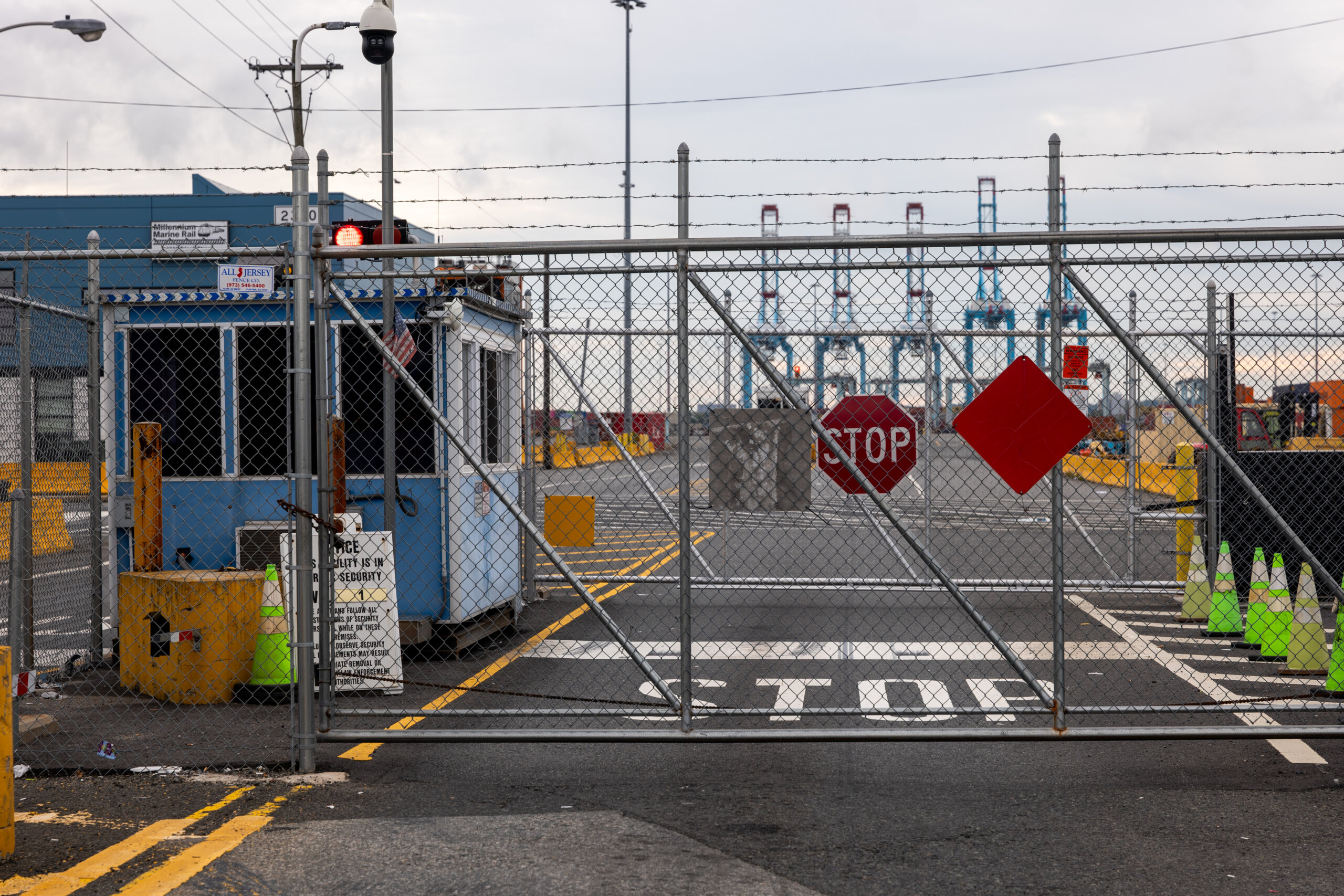What is Peak Season?
Peak season, a crucial period in supply chain and logistics, refers to the time of year when demand for goods surges, typically leading to increased shipping volumes, tighter capacity, and heightened operational pressures. Traditionally, this period has been associated with the months leading up to the holidays—starting in late summer and stretching through the end of December. Retailers, carriers, and logistics providers prepare months in advance to manage the influx of orders, ensuring that shelves are stocked and deliveries are made on time.
Why is Peak Season Important?
Peak season is critical for both businesses and consumers. For businesses, it represents a significant portion of annual revenue. Retailers and e-commerce platforms often see their highest sales during this time, driven by holiday shopping, promotions, and increased consumer spending. For logistics providers, it’s a test of operational efficiency and resilience. The ability to manage higher volumes, meet delivery expectations, and handle potential disruptions can make or break customer relationships. Successfully navigating peak season not only boosts profits but also strengthens brand reputation and customer loyalty.
The Impact of Online Shopping on Peak Season
The rise of e-commerce has dramatically altered the landscape of peak season. In the past, peak season followed a predictable pattern, with the highest demand centered around Black Friday, Cyber Monday, and the weeks leading up to Christmas. However, the growth of online shopping has extended and fragmented this timeline.
Consumers now expect fast, reliable delivery year-round, and online shopping events like Amazon Prime Day, back-to-school sales, and even mid-year promotions contribute to mini-peak seasons throughout the year. This shift has led to a more complex and continuous peak season, where logistics providers must be prepared for spikes in demand beyond the traditional holiday period.
Moreover, the pandemic accelerated the shift towards online shopping, permanently altering consumer behavior. More people are shopping online than ever before, and the convenience of e-commerce has raised expectations for quick, seamless delivery. This change has forced supply chains to adapt, with businesses needing to optimize inventory management, improve visibility across the supply chain, and invest in technology to enhance forecasting and agility.
Adapting to the New Peak Season
To thrive in this evolving environment, businesses must embrace the concept of a high-velocity supply chain. In today’s market, speed and responsiveness are not just competitive advantages—they’re necessities. High-velocity supply chains are designed to move quickly, with the agility to scale operations rapidly, respond to fluctuating demand, and navigate disruptions in real-time.
Integrating technologies, such as real-time visibility platforms, predictive analytics, and automation, enables businesses to maintain the fast-paced, flexible operations required during peak season. These tools provide the insights needed to make informed decisions quickly, ensuring that products reach consumers as efficiently as possible, even during high-pressure periods.
In conclusion, peak season remains a critical time for the supply chain and logistics industry, but the definition of peak season is evolving. The influence of online shopping has extended and diversified the timeframe, challenging businesses to stay agile and responsive year-round. By adopting high-velocity supply chain practices, companies can not only adapt to these changes but thrive in this dynamic landscape, meeting customer expectations and driving success year-round.



